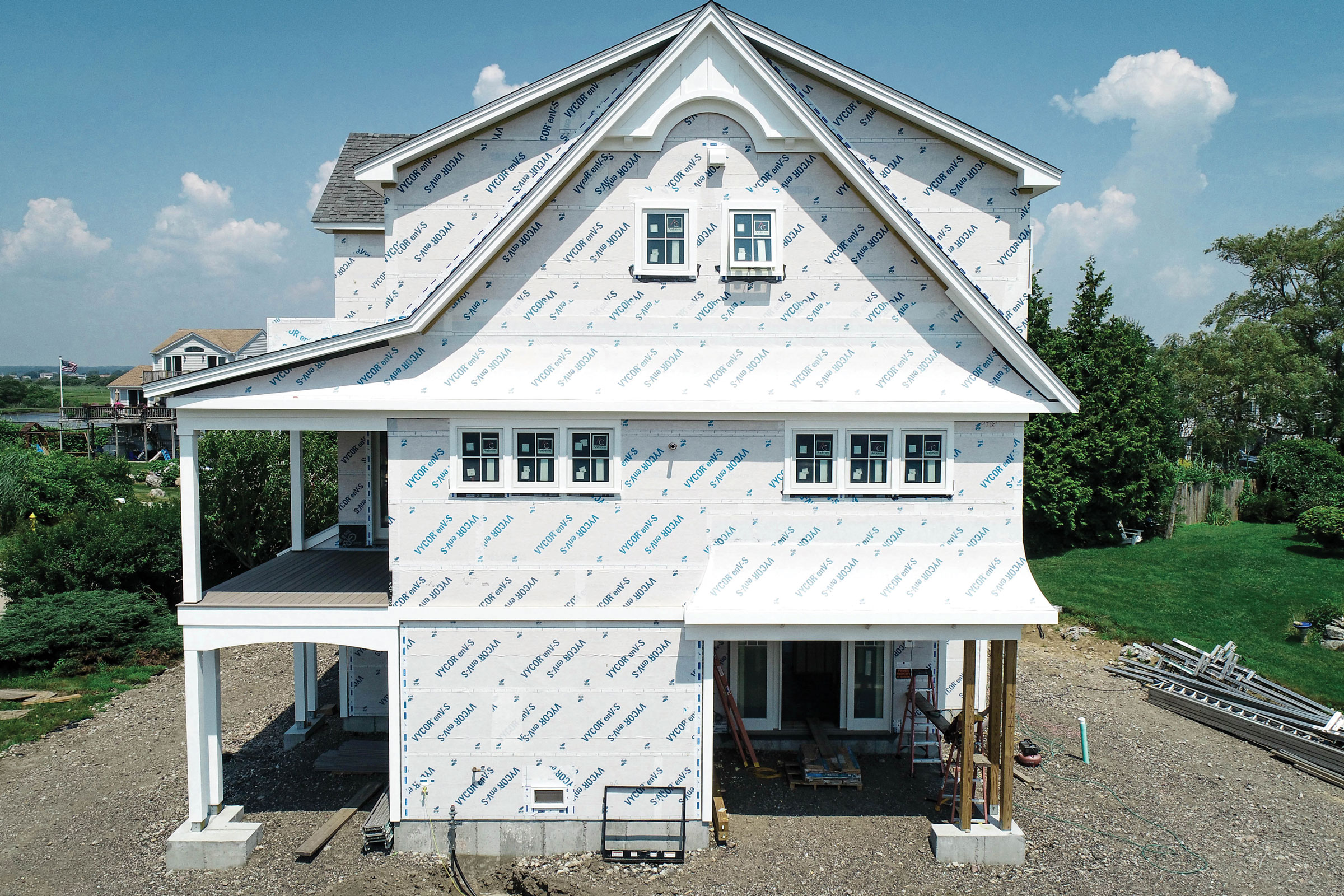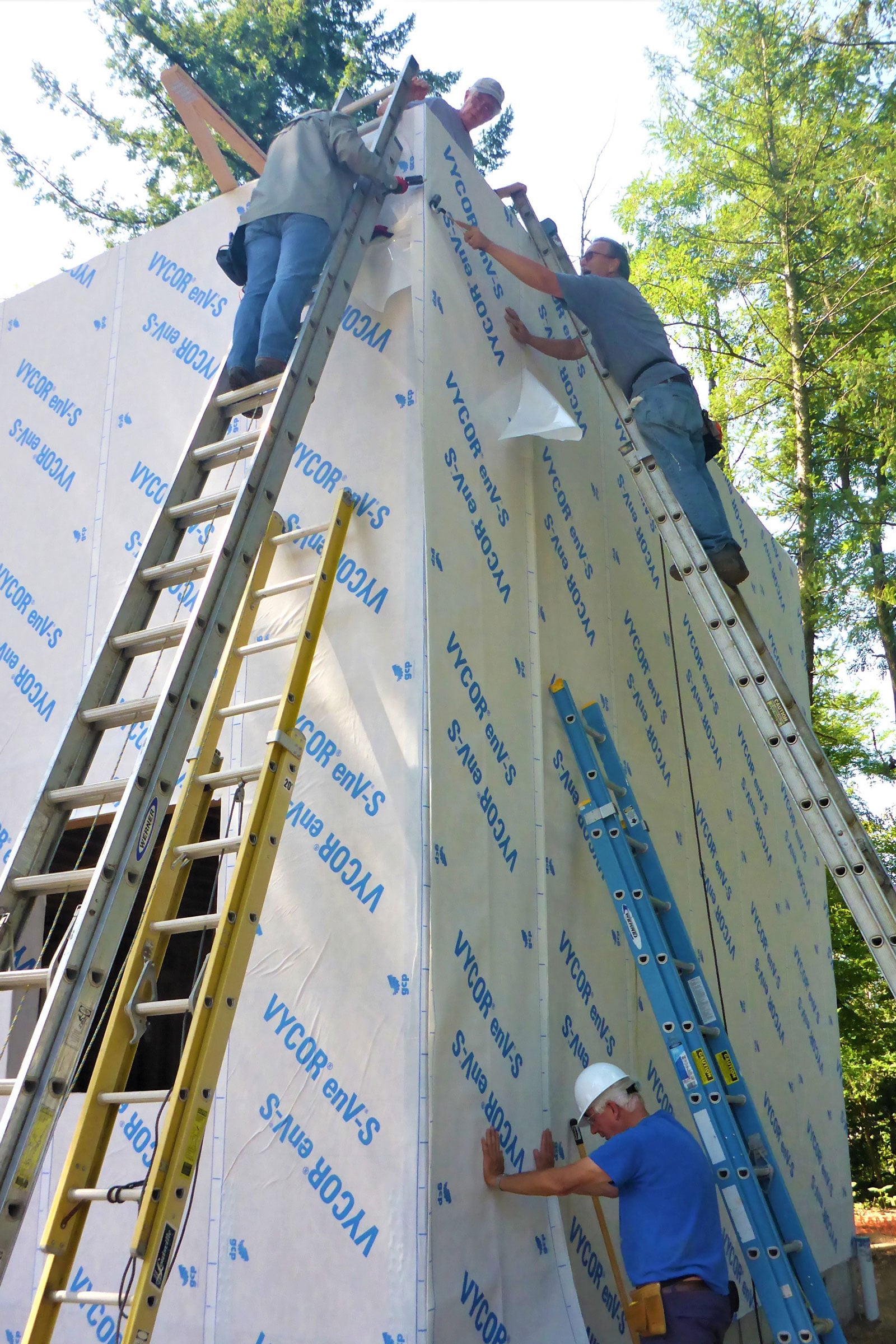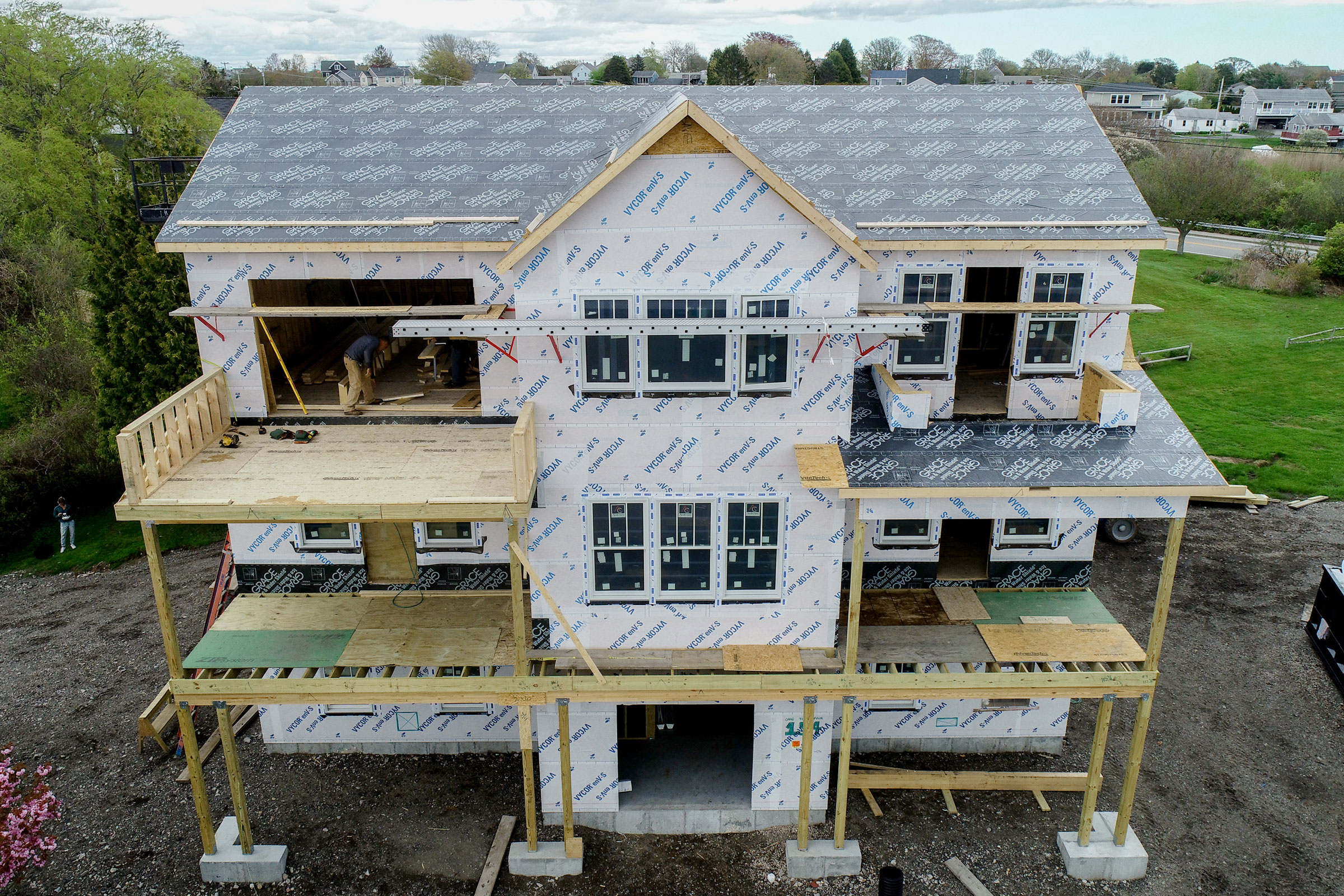Story at a glance:
- There are two main types of warranties for residential building.
- A material warranty promises that the manufacturer properly constructed the product.
- You can benefit from using high-quality products from different manufacturers that work together.
Whether you’re renovating a house or starting new construction, there are so many things to do that considering residential building material warranties often gets pushed to the bottom of the list.
Warranties can be overwhelming, long to read, and legal jargon can seem like another language. But warranties serve an important purpose. They provide peace of mind—acting as a safeguard for homeowners who want reassurance that if anything goes wrong following their home construction, a repair or replacement of their building materials is covered.

Courtesy of GCP
Types of Warranties for Residential Building
There are two main types of warranties for residential building: the workmanship warranty and the manufacturer’s material warranty.
A workmanship warranty simply covers the work performed by the contractor including any installation errors.
A material warranty promises that the manufacturer properly constructed the product. In other words, it ensures the product is free from defects in material and manufactured quality. This type of warranty has layers, but the good news is that it doesn’t need to be complicated. If you approach material warranties with four things in mind, everyone involved in the project can rest easy.
What to Know About Residential Building Material Warranties
1. Don’t simply shop warranties.

Courtesy of GCP
The selection process of products to be used for a residential building project is critical. A material warranty is just one piece of that puzzle. It is not best to shop warranties and compare warranties when selecting products. All manufacturers are looking at what their competitors are offering on their warranties, so it becomes a “me too” competition.
Many material warranties are very similar and will not make a big difference. What will make a difference is the quality of the products selected rather than what the material warranty covers.
Look at the track record of the manufacturer and the proven performance of their products versus what their material warranty says. Have they been in business for a long time? Have their products performed well over many years? Do they have project profiles to prove performance? These are all more important considerations than a manufacturer’s material warranty.
2. Consider the support behind the products.

Courtesy of GCP
When shopping products versus warranties, it is also important to take a look at the type of support the manufacturer provides. Do they have a team of experts who will visit the building site to examine their products and guide the contractor on how to install them properly?
If you have a good support team you will rarely need a material warranty. Look for a manufacturer with an accessible team of experts to cover all aspects of the building process.
3. Use multiple manufacturers when products work together.
It’s common to use products from multiple manufacturers when building a home, but product compatibility can be an issue that leads to material warranty claims. For instance, a problem could arise when one manufacturer’s roofing underlayment overlaps with another manufacturer’s flashing and the two products are incompatible. However, incompatibility is rarely covered under a material warranty.
Select high-quality products that work together, and do not be afraid to use products from multiple manufacturers in a system—particularly if these are made by reputable companies that can provide the necessary support. For instance, it’s common to use shingles from one manufacturer and roofing underlayment from another. Don’t go cheap on the accessories in order to bundle products from one manufacturer.
4. Look at the years covered.
Five years is the most common period of coverage for a material warranty in residential building products. However, the length of a warranty has little value to customers. This is because when things start to go wrong, it typically happens early on. Generally, if there is a problem with a product, it’s usually caught before it’s installed.
On average there are not many warranty claims for product defects long-term, but if you encounter an issue years down the line, it’s typically caused by the way the product was installed, which would be covered under a workmanship warranty. Sometimes newer manufacturers try to sell themselves based on longer term warranties when they don’t have the years of proven performance behind them. Again, it’s most important to not focus on what’s in the warranty document, but the proven track record of the products themselves.
If you pay attention to these four factors and do your homework to select quality products, a material warranty will be there as a simple safety net—one that is rarely used. The material warranty is a supporting document behind the products. Product performance should always be in the forefront.



